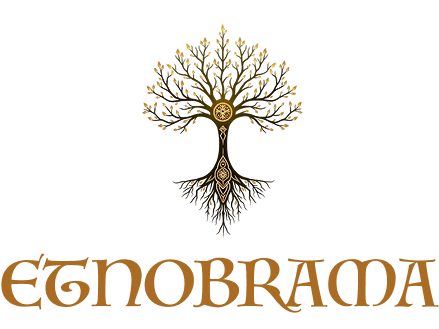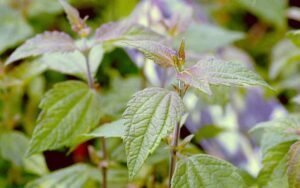Around the World



Legal status: While zacatechichi is not classified as a controlled substance under U.S. federal law, it has been prohibited in Louisiana and Poland due to its psychoactive properties.
Calea zacatechichi is a plant traditionally used by the Chontal Indians of Mexico for divination through dreams. It has been shown to induce light sleep and increase vivid dream experiences, particularly during superficial sleep stages. While it can cause side effects such as salivation, ataxia, and vomiting at higher doses, it also enhances certain cognitive functions like reaction time and time-lapse estimation at low doses. The plant has potential uses for dream enhancement but also raises concerns regarding its safety, especially for long-term use.
Calea zacatechichi enhances dream recall and vividness during sleep, particularly by increasing hypnagogic imagery during slow-wave sleep (SWS), rather than REM sleep. Despite its impact on sleep stages, including reducing REM sleep, it boosts dream activity, which aligns with its traditional use among the Chontal Indians for divination through dreams. This effect is distinct from substances like diazepam, which decreases dreaming despite similar EEG effects.
Literature:
Mayagoitia, L., Diaz, J.-L., & Contreras, C. M. (1986). Psychopharmacologic analysis of an alleged oneirogenic plant: Calea zacatechichi. Journal of Ethnopharmacology, 18, 229-243. Elsevier Scientific Publishers Ireland Ltd.

Legal status: While zacatechichi is not classified as a controlled substance under U.S. federal law, it has been prohibited in Louisiana and Poland due to its psychoactive properties.
Calea zacatechichi is a plant traditionally used by the Chontal Indians of Mexico for divination through dreams. It has been shown to induce light sleep and increase vivid dream experiences, particularly during superficial sleep stages. While it can cause side effects such as salivation, ataxia, and vomiting at higher doses, it also enhances certain cognitive functions like reaction time and time-lapse estimation at low doses. The plant has potential uses for dream enhancement but also raises concerns regarding its safety, especially for long-term use.
Calea zacatechichi enhances dream recall and vividness during sleep, particularly by increasing hypnagogic imagery during slow-wave sleep (SWS), rather than REM sleep. Despite its impact on sleep stages, including reducing REM sleep, it boosts dream activity, which aligns with its traditional use among the Chontal Indians for divination through dreams. This effect is distinct from substances like diazepam, which decreases dreaming despite similar EEG effects.
Literature:
Mayagoitia, L., Diaz, J.-L., & Contreras, C. M. (1986). Psychopharmacologic analysis of an alleged oneirogenic plant: Calea zacatechichi. Journal of Ethnopharmacology, 18, 229-243. Elsevier Scientific Publishers Ireland Ltd.



